Why Decentralized ID
Decentralized ID technology enables IDV providers and IAM systems to verify the same person across multiple businesses or siloed systems. Easily confirm that a customer has been verified before and reduce onboarding friction.
No credit card required

A billion dollar problem
Identity verification (IDV) providers often operate in fragmented, siloed ways with no standardized approach to collecting and verifying customer identity information. Each IDV provider relies on different data sources, data matching logic, and entity resolution techniques, leading to varying—and sometimes conflicting—views of the identities they are trying to resolve.
This inconsistency creates significant challenges for businesses, who must piece together different responses from multiple IDV providers and attempt to make sense of the conflicting data.
In addition, every time a user goes through an onboarding process with a different business, they face a completely different experience. They have to provide the same information again and repeatedly endure the same friction.
This disjointed approach frustrates both businesses and users, while also complicating the management of customer identity data. The cost of this inefficiency is staggering—25% of UK customer applications are abandoned due to KYC issues, leading to €5 billion in annual losses for businesses.
Our decentralized ID technology directly addresses these challenges.

How it works
When users complete their first ID verification, Decentralized ID technology allows you to issue them a verifiable credential that identifies them. When that user later onboards with one of your clients or internal siloed systems, you can request the credential and instantly match them in your system, speeding up the verification process.
1. Initial IDV
When a user performs an ID verification with one of your clients, you'll issue them a digital credential that identifies them in your system.
2. Credential storage
This digital credentials will be stored by the user on your app, your clients' existing app or in the cloud.
3. Faster / Efficient matching
When onboarding with another one of your clients, the user presents the credential and you can instantly match them in your system.
Faster customer data matching, without adding friction

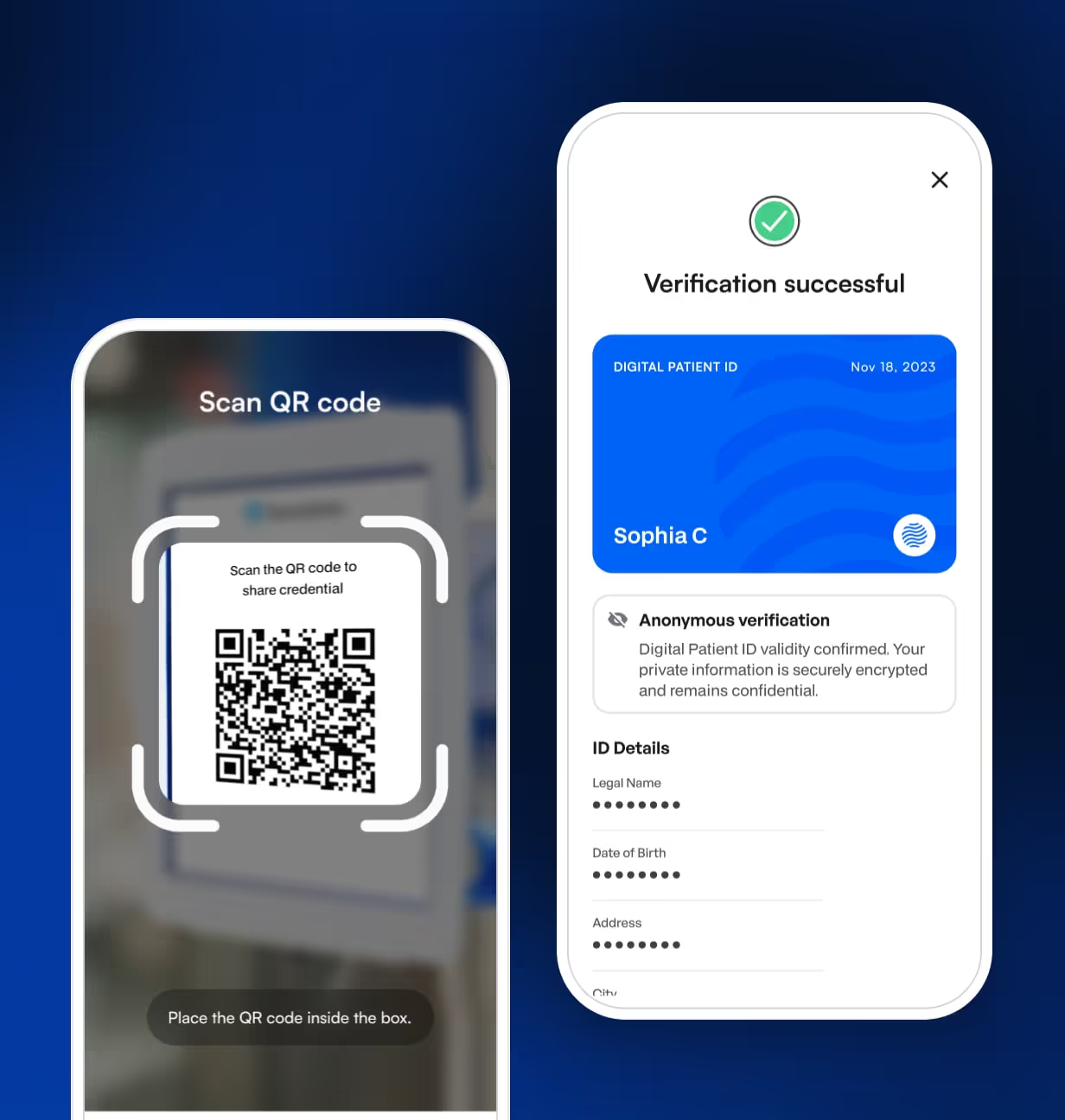




Unlocking value across industries
Integrating Decentralized ID technology is not about displacing current offerings but enriching them. It easily integrates with existing services, leading to additional revenue streams without disrupting the established business model.
IAM: Connect Data Silos Across Systems
Enable user onboarding across multiple siloed IAM systems. Eliminate redundant onboarding without centralizing systems. Instantly recognize users across platforms for improved user experience and operational efficiency.
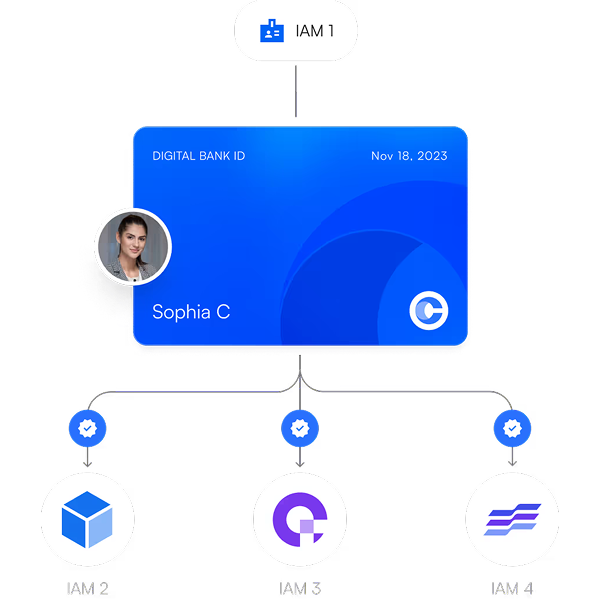
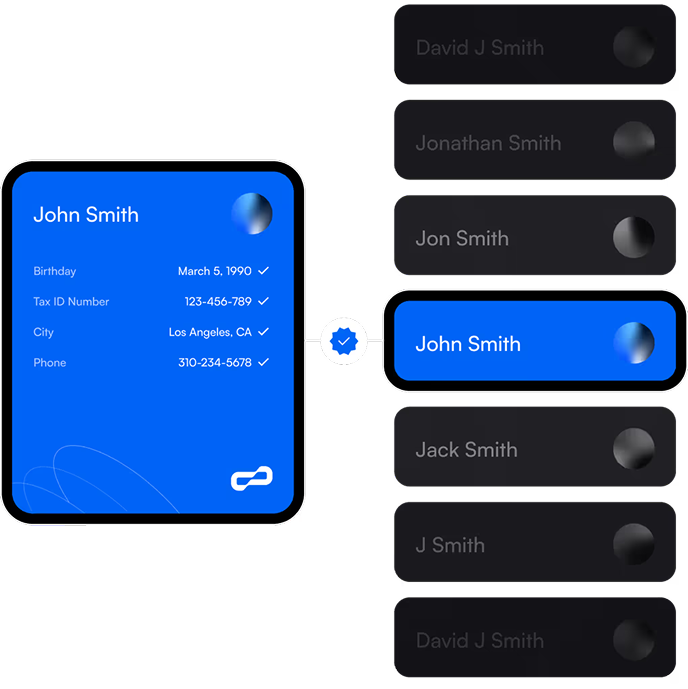
IDV Providers: Reduce Onboarding Friction
Quickly identify the exact person you're trying to verify across your clients. Enhanced customer data matching reduces onboarding friction, boosts conversion rates in your clients' acquisition funnels, and elevates your position in their KYC hierarchy.
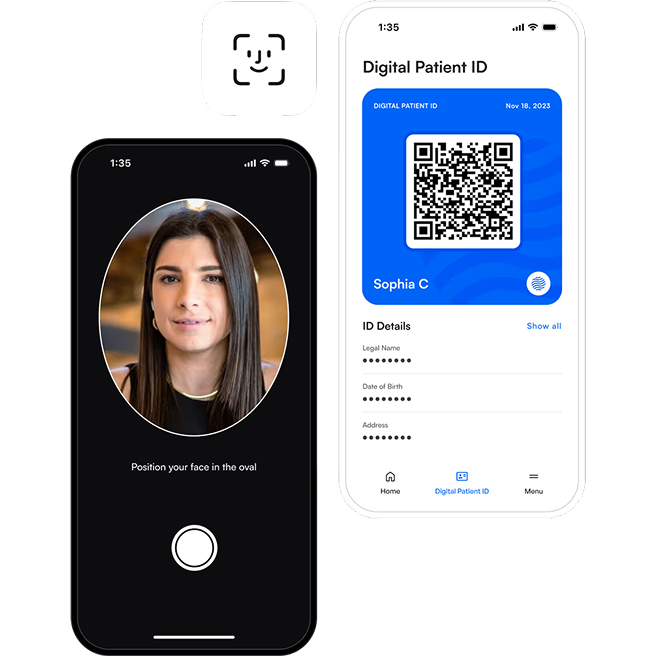
Bind Biometric Data to ID Credentials
Tying biometrics to verifiable credentials ensures the credential presenter is the original recipient. Verifiable credentials enable secure transfers without exposing sensitive biometric data, ensuring regulatory compliance.
Delegatable Authority
Verifiable credentials make delegation of authority digital, instant, and secure. Issue tamper-proof credentials that prove a person’s role, permissions, and organizational affiliation so you can trust every action they take.
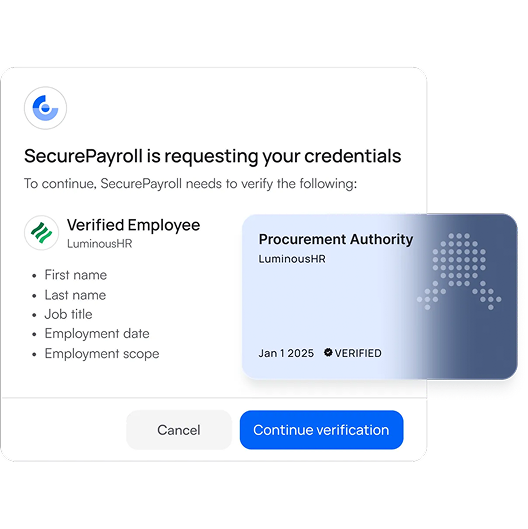
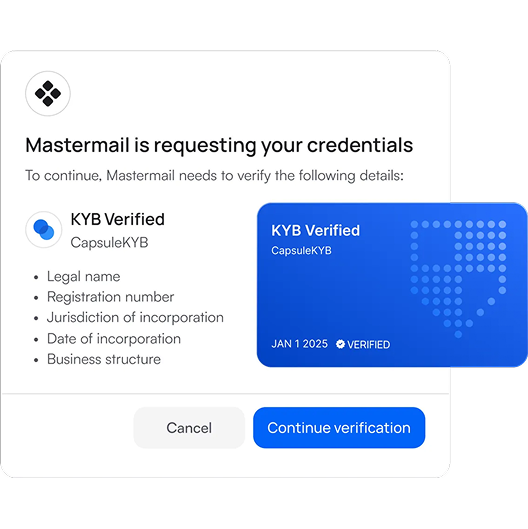
Reusable KYB
Know-Your-Business checks are essential but repetitive and costly. Each time a business applies for a service, they must resubmit registration papers, ownership structures, tax IDs, and licenses. Verifiable credentials change that.
Deploy 12x faster
Why build all the infrastructure yourself? With the Truvera API, you can integrate with your system and data sources to deploy your entire Decentralized ID solution up to 12 times faster than using open-source options.


Why now
As our identity becomes more digital, the demand for decentralized ID technology is growing.
KuppingerCole calls decentralized ID the biggest disruption in identity management in decades, and Gartner predicts that 500 million users will have Digital ID Wallets by 2026. With every EU state set to release Digital ID wallet apps that same year, the shift to decentralized solutions is accelerating.
In the US, the momentum is growing rapidly. Thirteen states have already rolled out mobile digital driver’s licenses (mDLs), and many more are testing the waters.
Businesses that adopt these solutions now will not only meet growing regulatory demands but also unlock significant cost savings, improve customer experiences, and gain a competitive edge in the market.
Why choose Truvera?
Dock Labs is a leader in decentralized identity solutions, empowering businesses to launch ID ecosystems where their partners can create, share, and monetize verifiable digital credentials. The Truvera platform is designed to be easily implemented and scalable, allowing organizations to quickly deploy a decentralized identity solution with minimal development overhead.
REST API for core functions
Wallet SDK for wallet deployment
Developer-friendly integration
Create your first digital ID credential today
The Truvera platform helps you integrate reusable ID credentials into your existing identity workflows to support a variety of goals: reduce onboarding friction, connect siloed data, verify trusted organizations and customers, and monetize credential verification.





